JPMorgan is now accepting Bitcoin as collateral for loans, signaling that Wall Street’s leading financial institutions are embracing the rise of real-world asset (RWA) tokenization and the growing momentum of the cryptocurrency market.
Amid the rollout of the "GENIUS Act," Basel III risk-weight provisions, collaborative custody initiatives, and intensifying industry competition, this discussion provides a step-by-step analysis of how traditional banks can remain compliant as they adopt digital assets."Think of it this way: I don't think you should smoke, but I'll defend your right to do so. Now, I'm defending your right to buy Bitcoin—go for it." This is how JPMorgan Chase CEO Jamie Dimon recently put it in a public statement. Dimon's words represent a remarkable turnaround for the Wall Street leader who once famously called Bitcoin a "fraud."
At nearly the same time, JPMorgan is actively preparing a groundbreaking service: allowing clients to use cryptocurrencies like Bitcoin and Ethereum as collateral for loans, with a potential launch as early as 2026. This initiative is not only a major transformation for traditional banking, but also aligns with a milestone U.S. law recently enacted—the National Stablecoin Innovation and Regulation Act (GENIUS Act). As the regulatory framework takes shape, Wall Street giants are ushering in a full-scale digital asset revolution.
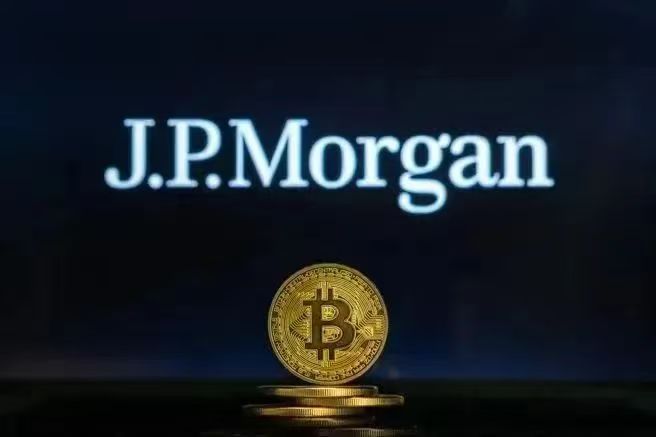
Policy Breakthrough: Stablecoin Legalization Opens a New Era for Digital Assets
In July 2025, U.S. financial regulation will reach a defining moment. President Trump will officially sign the GENIUS Act, establishing the nation’s first federal regulatory framework for stablecoins.
Together with the pending CLARITY Act, this legislation marks a turning point for U.S. digital asset regulation—shifting focus from policy standoffs to real infrastructure development.
In a recent research report, Bank of America Merrill Lynch forecast that in the next 2 to 3 years, stablecoins will have a “clearly visible” disruptive impact on the deposit base and payment systems of traditional banks.
The Act’s strategic significance goes far beyond technology. According to the U.S. Treasury Secretary, this law will boost demand for U.S. Treasuries and help ease current government debt pressures. Projections show that if the stablecoin market grows to $2 trillion, issuers would need to hold around $1.8 trillion in Treasuries—likely pushing yields lower.
"Breaking the regulatory ice has opened the doors for digital asset innovation in banking," commented one Wall Street analyst. "Whoever gains the first-mover advantage in stablecoins and RWAs will command the high ground in the next financial cycle."
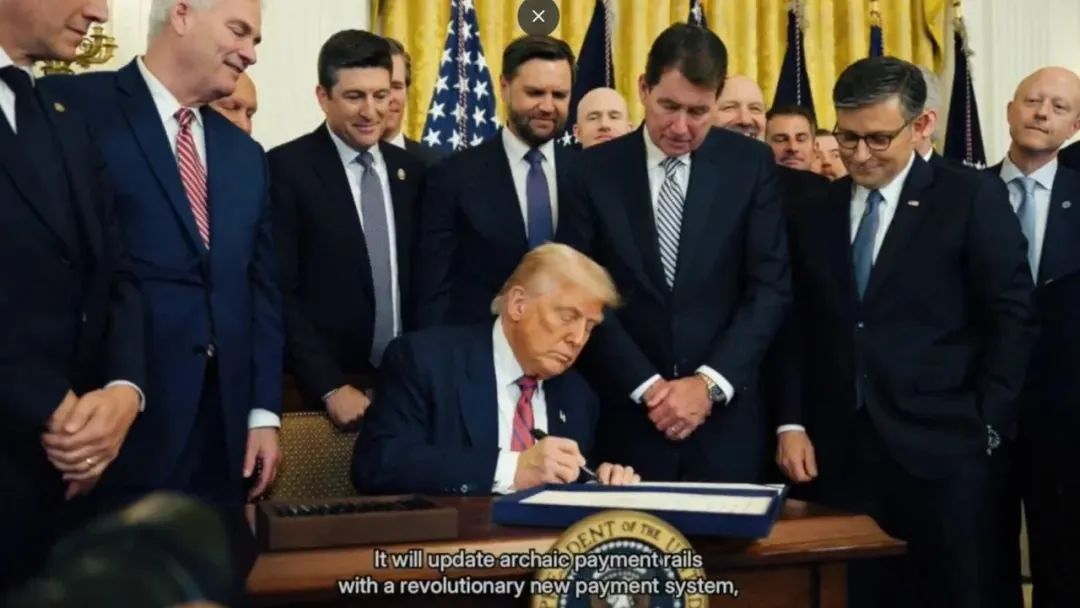
JPMorgan Chase: From Crypto Skeptic to Digital Asset Trailblazer
JPMorgan Chase’s transformation is nothing short of dramatic. Under Dimon's leadership, this Wall Street giant was once renowned for its critical stance on cryptocurrencies. Today, it's a poster child for how traditional finance can embrace digital assets.
On the latest earnings call, when asked about crypto payments, Dimon said, "We will participate in both JPMorgan's deposit tokens and stablecoins to understand and master them." This pragmatic approach signals a strategic pivot across the banking sector as it confronts the digital asset wave.
JPMorgan has already launched JPMD, the first tokenized deposit product in the U.S. for institutional clients, while also exploring crypto-collateralized lending. Insiders say this plan will allow clients to use digital assets like Bitcoin and Ethereum as collateral—potentially launching as soon as 2026.
Due to the 1,250% risk weighting that Basel III assigns to direct crypto exposure, JPMorgan will likely need to use external custodians like Coinbase to handle defaulted collateral. This partnership model offers new pathways for integrating traditional finance and crypto ecosystems.
RWA Arena: Wall Street Titans Race to Tokenize Real-World Assets
While headlines spotlight stablecoins and crypto-backed loans, a quiet race to tokenize real-world assets (RWA) is unfolding on Wall Street.
Morgan Stanley: Tokenizing Private Wealth Management
In June 2025, Morgan Stanley and its portfolio digital exchange Volcano Exchange (VEX) launched the world’s first RWA token, “HL.” This token is backed by the future income from Morgan Stanley’s flagship private banking products, with a $20 million issuance (200 million tokens), making elite wealth services divisible and tradable. It's the first time a leading Wall Street investment bank has put the core income rights of its high-net-worth client services on-chain—moving RWA adoption from infrastructure pilots to core business model innovation, and aiming to expand the reach of wealth management. This step demonstrates the digital transformation of high-net-worth wealth management and reflects the financial industry’s shift from peripheral tokenization experiments to core business innovation.
First, Morgan Stanley’s “HL” pilot turns future income from elite private banking into digital assets—allowing fractional ownership and trade, and breaking down the exclusivity walls of traditional private banking. This boosts liquidity and lowers barriers for new clients, potentially expanding the client base. The model lets Morgan Stanley maintain exclusivity for its top clients, while leveraging blockchain for transparency and traceability—building greater trust.
Industry-wide, this case shows RWA tokenization moving beyond infrastructure pilots and into business model transformation. By taking high-net-worth income rights on-chain, Morgan Stanley is advancing a broad digital asset playbook for traditional finance. As demand for transparency, liquidity, and efficiency grows, RWA tokenization is becoming a key competitive lever for the future of wealth management, unlocking flexibility and customization—and opening new growth lanes for private banking worldwide.
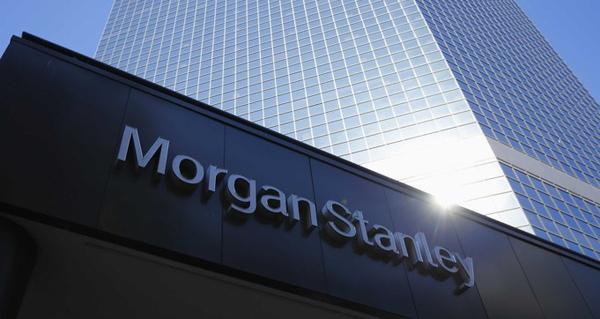
Goldman Sachs: Digital Asset Platform Spin-Off and Multi-Asset Expansion
Goldman Sachs’ Head of Digital Assets, Mathew McDermott, announced at TOKEN2049 Dubai that the bank will launch 24/7 trading for tokenized U.S. Treasuries and money market fund shares. As a leading crypto derivatives desk, Goldman also plans to roll out three tokenization projects in 2025—including tokenized U.S. funds and euro-denominated digital bonds.
This strategy highlights Goldman’s push into RWA tokenization, especially in boosting liquidity and trading efficiency. Tokenizing traditional assets and offering continuous trading breaks the time barriers of legacy markets, giving global investors far greater flexibility.
Goldman is also considering spinning off its digital asset platform (GS DAP) into an independent unit to boost service agility and liquidity. This move deepens Goldman’s digital asset strategy—offering a more nimble approach to meet institutional client needs and strengthen its competitive edge. Altogether, these steps reinforce Goldman’s leadership in digital asset innovation and help drive the digital transformation of global capital markets.
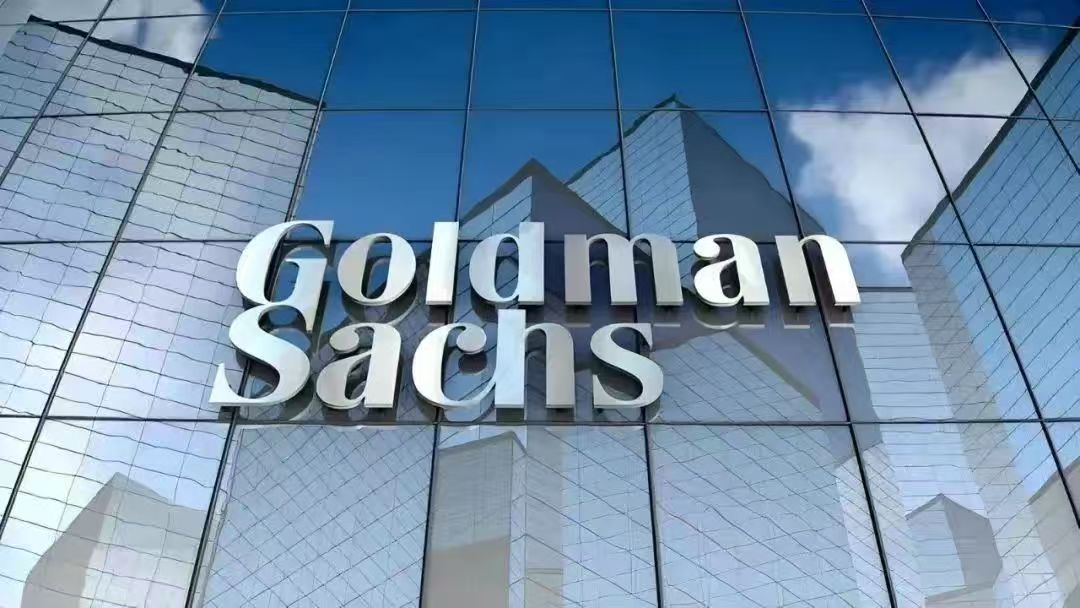
Swiss Financial System: Dual Approach from Central Bank and Banks
Switzerland’s RWA tokenization efforts are globally significant. The Swiss National Bank (SNB) extended its pilot for tokenized asset settlement and plans to connect it with the Real-Time Gross Settlement (RTGS) system. This raises the security of tokenized assets and improves interoperability with legacy payment systems, paving the way for global circulation. By using central bank money as the “gold standard,” the SNB sets a compliance benchmark for global RWA tokenization and ensures that digital assets can interconnect with traditional finance worldwide.
Meanwhile, UBS is working with the Hong Kong Monetary Authority’s “Evergreen Project,” issuing tokenized green bonds via a hybrid model. This innovation lowers technical barriers and brings sustainable finance on-chain, giving new momentum to global green finance. These Swiss moves demonstrate how traditional finance, with central bank support and clear regulation, can drive asset digitization. Switzerland’s experience offers other countries a playbook for regulatory harmony and infrastructure—accelerating global digital finance transformation.
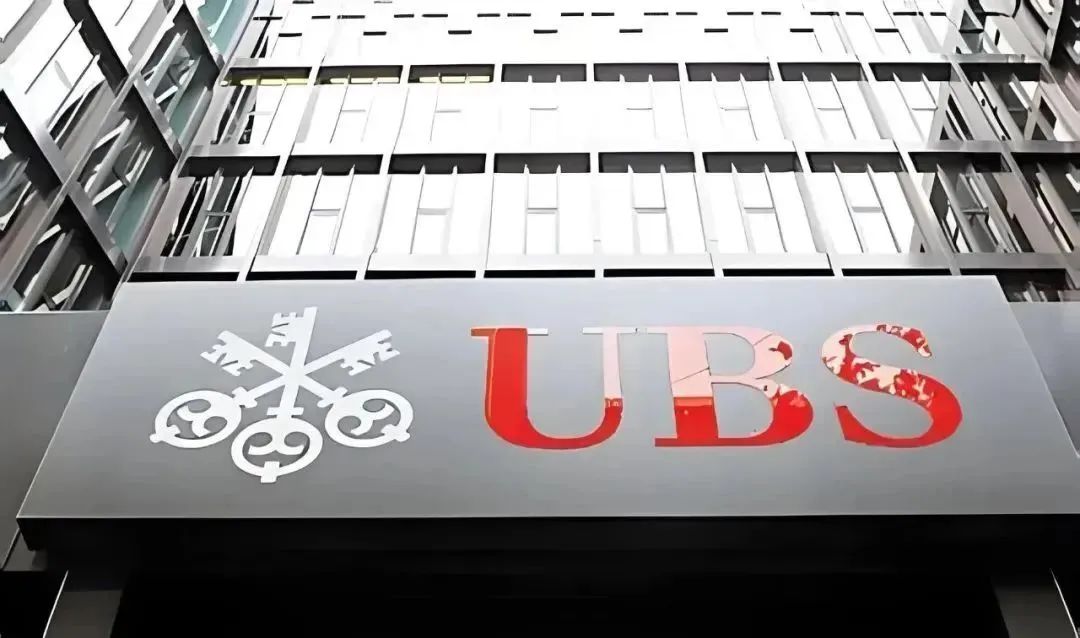
Citi: Private Equity Fund Tokenization Pilot
In July 2025, Citi joined WisdomTree and Wellington Management to launch an end-to-end private equity fund tokenization pilot on the Avalanche Spruce subnet, built for the institutional market. The pilot covers token transfers, secondary trading, and loan collateralization, validating automated compliance and improved liquidity for private assets. This is Citi’s next step after launching “Citi Token Services” in 2024, moving from tokenized deposits into higher-value, more complex private equity assets—and advancing its institutional RWA infrastructure strategy.
Citi’s experiment on Avalanche Evergreen highlights a new trend: traditional finance is balancing compliance with on-chain efficiency. To tackle persistent illiquidity and opacity in private assets, Citi uses a permissioned chain structure to avoid public chain KYC/AML risks while preserving blockchain’s benefits like automated clearing and composability. This “semi-open, strong isolation” model is quickly becoming the mainstream institutional choice. Most importantly, Citi is moving “asset tokenization” from external custody to the heart of its business, signaling fierce competition over who can go deeper and faster with RWA tokenization.

Deutsche Bank: Stablecoins and Tokenized Deposits
In June 2025, Deutsche Bank announced it is actively evaluating a euro stablecoin and a tokenized deposit system, aiming to optimize payment efficiency and dramatically reduce cross-border settlement costs. The bank may issue on its own or partner with others. Taking advantage of the EU’s MiCA regulatory framework, Deutsche Bank is moving for more than technological innovation—it is seeking to shape the eurozone’s digital finance infrastructure in a stablecoin world largely dominated by the dollar.
This is about more than boosting efficiency or cutting settlement costs—it’s a far-reaching strategic play for leadership in eurozone digital finance infrastructure.
With the global stablecoin sector led by the U.S. dollar, Deutsche Bank’s euro stablecoin ambitions signal its drive to strengthen the eurozone’s role in digital finance. By issuing a euro stablecoin, Deutsche can up its game in cross-border payments and settlements—and lead Europe’s digital finance transformation. Successful deployment will boost the euro’s utility in digital finance and enhance the eurozone’s standing globally.
Underpinned by MiCA compliance, Deutsche Bank’s strategy fuses financial asset tokenization with digital infrastructure. Its tokenized deposit system offers digital solutions for old-school deposits and paves the way for mass digitization of assets. This transition improves liquidity, cuts cross-border costs, and strengthens cross-border financial cooperation. Deutsche Bank’s approach shows how legacy institutions are driving global payment upgrades with digital asset tech—and it signals that RWA tokenization will be central to future digital asset competition.
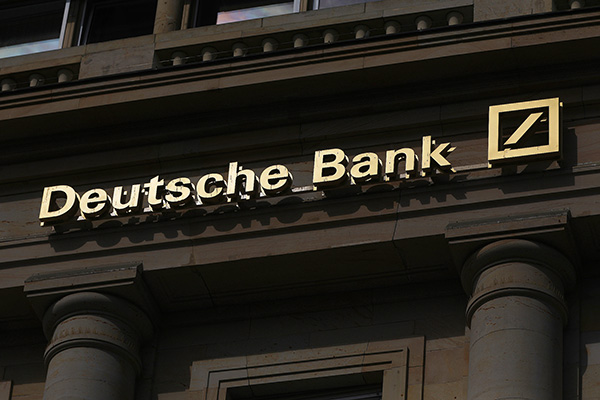
Outlook and Challenges: Digital Assets at a Crossroads
Despite the enthusiasm, traditional banks face formidable challenges on the path to digital asset adoption. The biggest hurdles now are interoperability, cost barriers, and evolving client demand.
Because the need for interoperability and large legacy client bases, banks seem more likely to launch stablecoin solutions through consortiums. Bank of America Merrill Lynch reports that while banks are building infrastructure, client demand for stablecoins remains “lukewarm.” Still, nearly all banks say they’re watching closely—and are ready to move fast if demand accelerates.
Cross-border payments stand out as the top breakthrough opportunity. U.S. Bancorp CEO Gunjan Kedia notes that stablecoins may ramp up competition for treasury management, but will have minimal effect on card and merchant services.
Looking ahead, as the GENIUS Act comes into effect and the CLARITY Act moves forward, digital assets and traditional finance will converge at an accelerated pace. With JPMorgan piloting crypto-collateralized loans, Citi advancing private equity tokenization, and Deutsche Bank exploring fund tokenization, the blend of traditional and digital finance is now unstoppable.
The future of finance is being built—quietly—on blockchain. When even the most conservative Wall Street banks embrace digital assets, and Jamie Dimon, who once called Bitcoin a “fraud,” stands up for your right to own it—a deep transformation of the financial system is already underway.
Whoever navigates this transformation best will control the financial narrative in the digital economy.
Disclaimer:
- This article is reprinted from [TechFlow], copyright belongs to the original author [Liang Yu]. If you have concerns about the reprint, contact the Gate Learn team. The team will address the issue promptly in accordance with relevant procedures.
- Disclaimer: The opinions and views expressed in this article represent the author's personal perspectives only and do not constitute investment advice.
- Other language versions of this article are translated by the Gate Learn team. No reproduction, distribution, or plagiarism of the translation is permitted unless Gate is explicitly cited.





